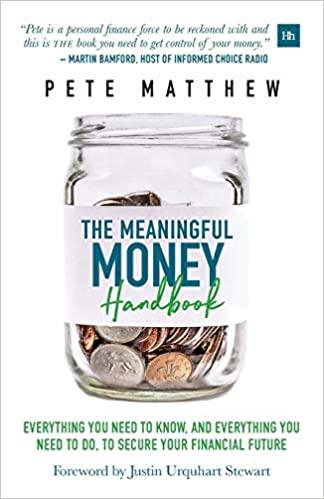Question
When you present your thoughts to Sue she thinks about your input and decides to invite in an investment banker to give her additional guidance.
When you present your thoughts to Sue she thinks about your input and decides to invite in an investment banker to give her additional guidance. She invites you to the meeting and the investment banker presents several options. The first option is to issue bonds and the second option is to call in your outstanding bonds and obtain a loan from a bank instead. Scenario Steps to Completion 3. Option one is for Stirm to issue debt in the form of bonds to fund recessionary periods resulting in order and thus revenue shortfalls. If the company issues new bonds bearing a 6% coupon, payable semiannually and the bond matures in 8 years and has a $100,000 face value. Currently, the bond sells at par. Please compute the bond prices considering that there will be no change in the interest rates for the life of the bond. What happens if interest rates rise or fall during this 8 year period? Concept Check: Bond prices takes into account; the interest rate in relation to the price, the purchase price in relation to the par value, and the years remaining until the bond matures. Helpful Hint: The price of a bond has an inverse relationship to the interest rate. Scenario Steps to Completion 4. Another option for financing is to call in the outstanding bonds you have issued and obtain a loan with more favorable terms than the bonds you would issue. Presently, the company has a 6% coupon bond that matures in 11 years. The bond pays interest semiannually. What is the market price of a $1,000 face value bond if the current rate of interest is 12.9%? How much will it cost the company to call in 1,000 of these bonds? Is it worth pursuing this strategy if your interest rate on a loan is 13%? Concept Check: When you purchase a bond at par your present rate of interest is not changed from the rate of interest at issue of the bond. If the bond is selling at a discount that is because interest rates are higher than when the bond was issued. If the bond is selling at a premium that is because interest rates are lower than when the bond was issued. Helpful Hint: The coupon rate of a bond never changes when calculating PRICE; only market interest rates change.
Step by Step Solution
There are 3 Steps involved in it
Step: 1

Get Instant Access to Expert-Tailored Solutions
See step-by-step solutions with expert insights and AI powered tools for academic success
Step: 2

Step: 3

Ace Your Homework with AI
Get the answers you need in no time with our AI-driven, step-by-step assistance
Get Started


